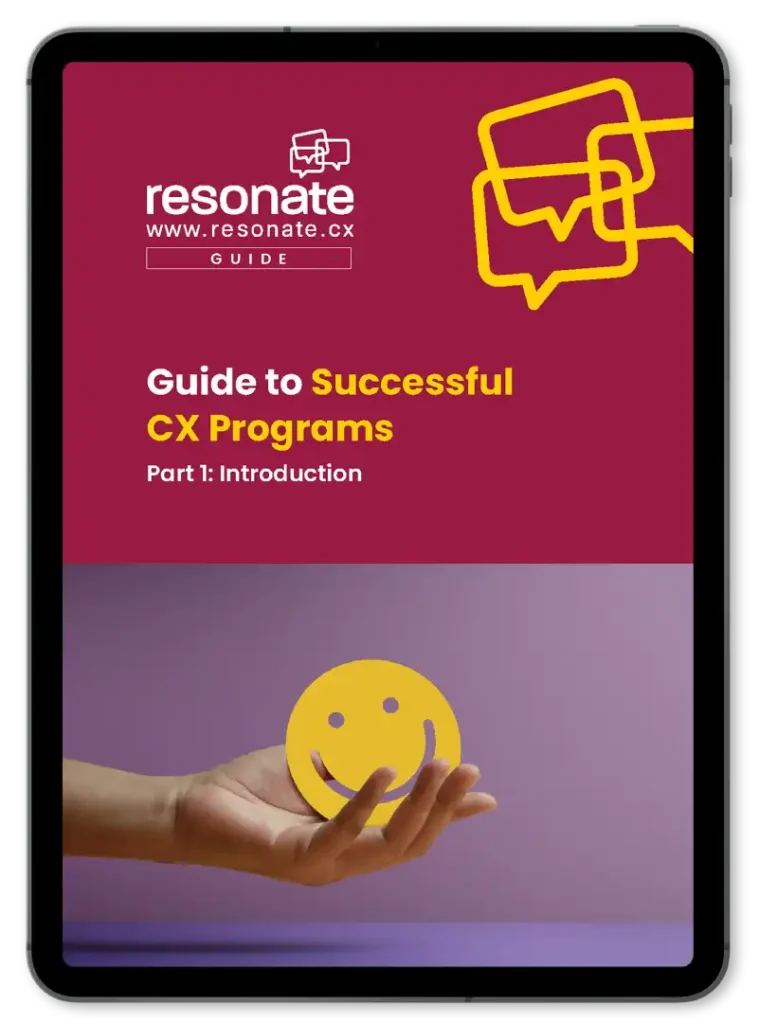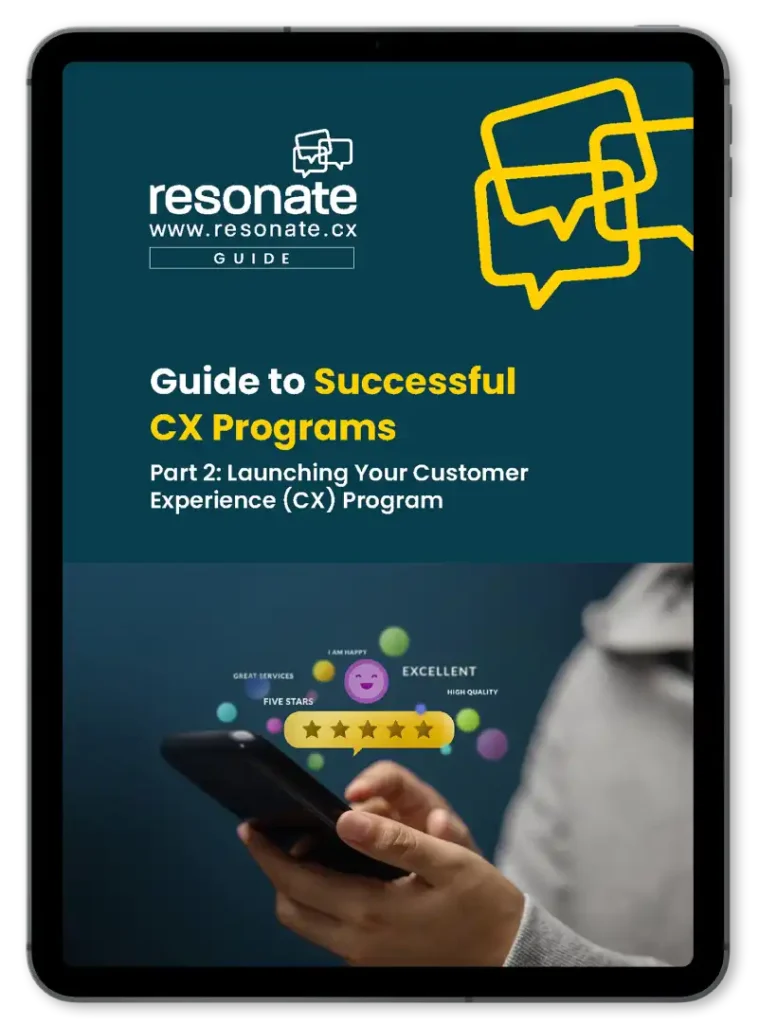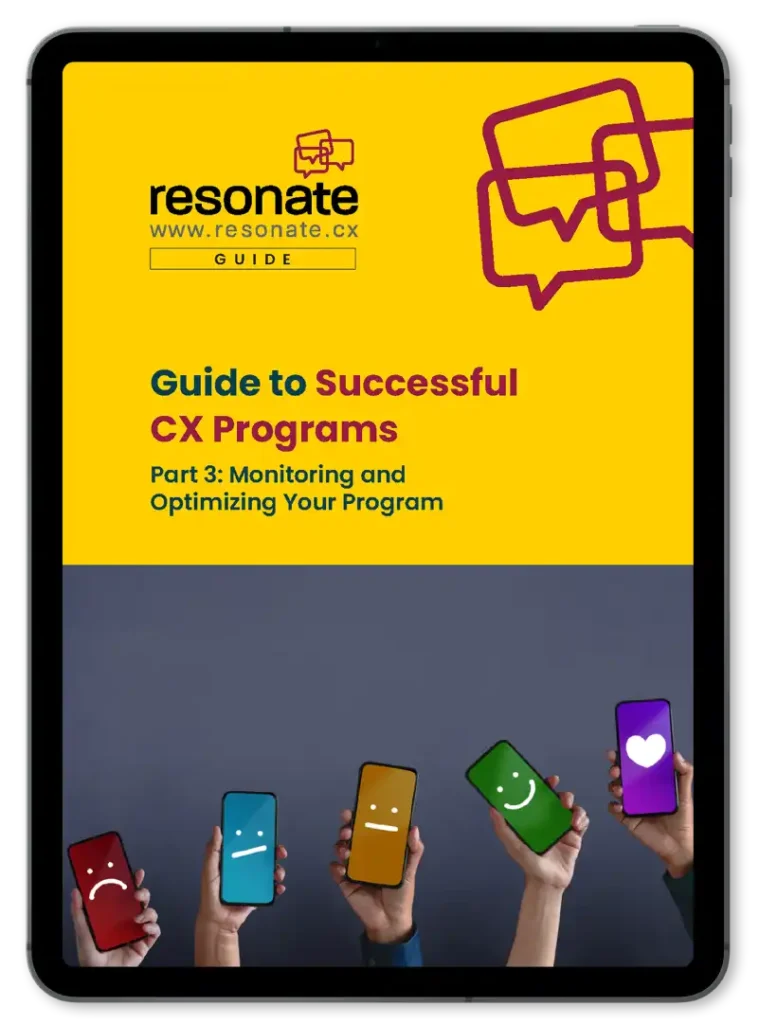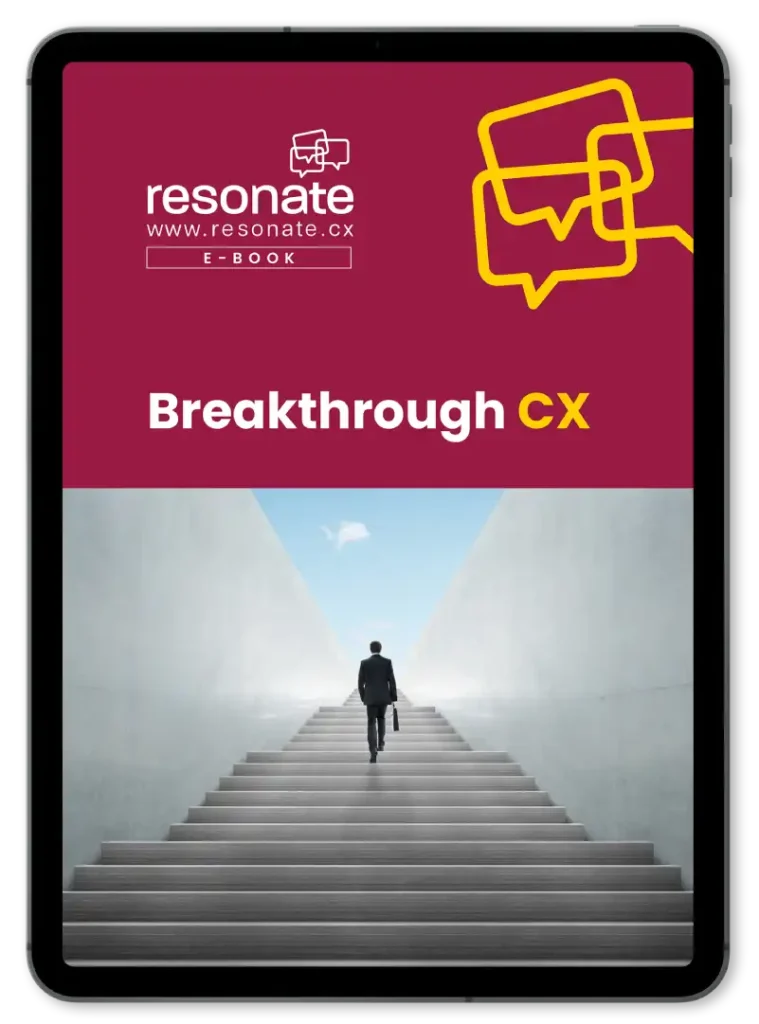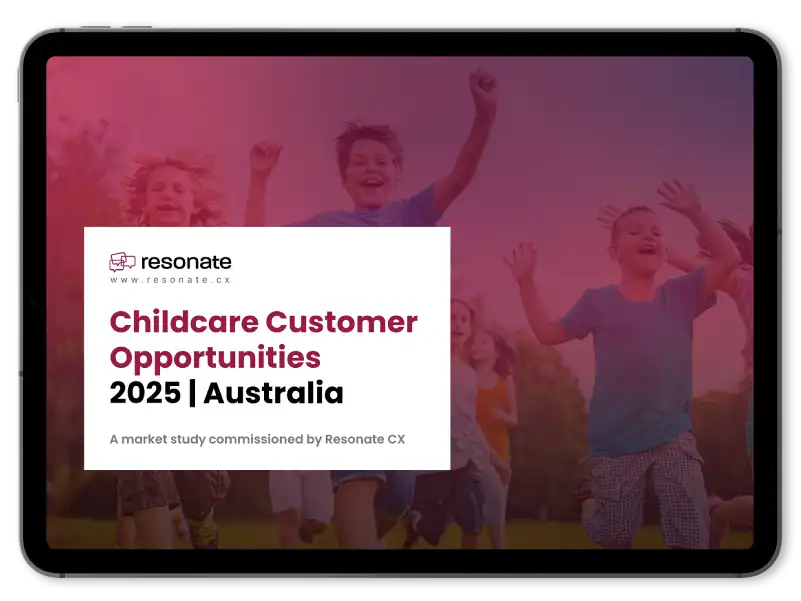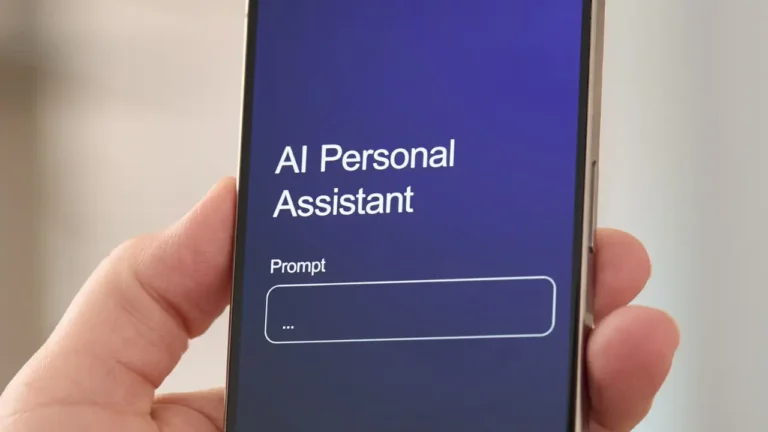TLDR:
- Businesses should shift their core purpose from merely extracting value to enriching customers’ lives and providing them with significant value. This fundamental change is essential for cultivating a truly customer-centric mindset within an organization.
- Strong leadership alignment and a clear sense of purpose are paramount for embedding customer-centricity, as this cultural shift must originate from the top and be consistently integrated into all strategic discussions and daily operational activities. This ensures the vision is consistently communicated and upheld throughout the organization.
- Customer focus must be deeply embedded across all departments, including marketing, operations, finance, and product development, often facilitated through collaborative joint workshops and shared access to crucial customer data. This interdepartmental synergy ensures a unified approach to understanding and serving the customer.
- It is critical to empower employees by providing them with the necessary tools, comprehensive data (such as Voice of the Customer insights), and targeted training, along with the authority to independently and effectively resolve customer issues. This empowerment enables frontline staff to deliver immediate value and enhance customer satisfaction.
The true purpose of a business isn’t profit. It’s to enrich lives.
That means flipping the question from “How do we extract more value from customers?”
to “How do we give more value to them?”
And where that answer lives is in your culture.
Most companies say they care about customers. But what separates slogans from systems, and growth from stagnation, is whether that care actually shows up every day in your culture.
You can’t deliver great experiences with a disconnected team. You can’t create advocacy unless your people are empowered to act.
When you adopt a customer-centric culture, you embrace a mindset that turns customers into the defining factor in every decision and action. According to Deloitte, customer-centric companies typically generate around 60% more revenue.
Meanwhile advisory services provider BIA/Kelsey found that repeat customers spend 67% more than new customers. When experiences fall short, however, they can also have immediate consequences. A PricewaterhouseCoopers survey determined that 39% of customers are willing to switch brands following a single bad experience.
By building a culture that listens, responds, and genuinely cares, you not only retain customers but also turn them into advocates. Your team benefits too. Employees feel energised when they see your organisation taking feedback seriously and using it to make a real difference.
That’s when you create a virtuous cycle. Customers stay, spend more, and spread the word. Staff feel empowered and proud of the work they do. And your business becomes known not just for what it offers, but for how it treats people. How can you cultivate this customer-centric culture in your organisation? The following principles can guide you.
CX Guides | free to download
No fluff. Just CX strategy guides for real-world use. Get tips from the experts.
Principle 1: Start with Leadership Alignment and Purpose
The companies who outperform long-term are the ones who treat loyalty like a mission, not a metric.
Customer-centric culture always begins at the top. If your leadership team isn’t modelling the right behaviours, the rest of the organisation won’t follow. As such, customers must be part of strategic conversations, internal communications, and how success is defined at every level.
This kind of alignment takes more than a vision statement, as it requires a purpose embedded into how you operate. Strategy+Business describes an “inside-out” approach where culture starts with shared values. When those values are genuinely held and consistently expressed, employees at every level can connect their daily work to customer needs.
Executives are in the perfect position to consistently champion customer experience transformations. Their influence, when backed by visible, everyday actions, can shape culture in a more impactful way than top-down directives alone.
But change doesn’t happen automatically through inspiration alone. People don’t just “get it” because a leader says the right thing once. It takes consistent reinforcement and structural support to turn intent into action.
Yes, leadership influence matters. When leaders personally follow up on a customer issue or publicly recognise a team for solving a tricky service challenge, it sends a strong cultural signal. But those moments only gain traction when they’re backed by systems, such as including CX metrics in performance reviews, embedding customer feedback in planning cycles, or setting clear expectations for frontline behaviour.
In short, influence opens the door, but structure keeps it from swinging shut. Building a customer-centric culture requires both visible leadership and the framework that turns customer-centricity into a core value.

Principle 2: Embed Customer Focus Across the Organisation
A customer-centric culture doesn’t live in one department. Marketing, operations, finance, and product teams all have a hand in shaping the customer experience, and they all must be aligned.
McKinsey shares a powerful example from a B2B company that restructured around customer journeys. By forming cross-functional teams and integrating feedback across departments, from field interviews to app surveys, the company created a shared understanding of what customers needed most. That data wasn’t siloed. It was turned into a dashboard accessible to all, allowing teams to act quickly and collaboratively. The result: higher satisfaction and a measurable boost in profit.
Embedding customer focus means designing daily rituals that keep customers top of mind and build shared ownership. Here’s how that might look in your business:
- Marketing and product development can run joint workshops to translate customer feedback into feature priorities and ensure that product roadmaps directly reflect real needs.
- Operations teams can use voice‑of‑customer (VoC) data to refine processes and reduce delivery delays or service hiccups.
- Finance and leadership can review customer‑based KPIs alongside profitability metrics, allowing them to turn customer loyalty into measurable business value.
- Support and R&D can collaborate on recurring issue threads in order to proactively address root causes instead of fire‑fighting symptoms.
When decisions are made with customers clearly in view, you eliminate guesswork. The culture, in turn, becomes cohesive, and empathy moves from being an aspiration to an operational norm.
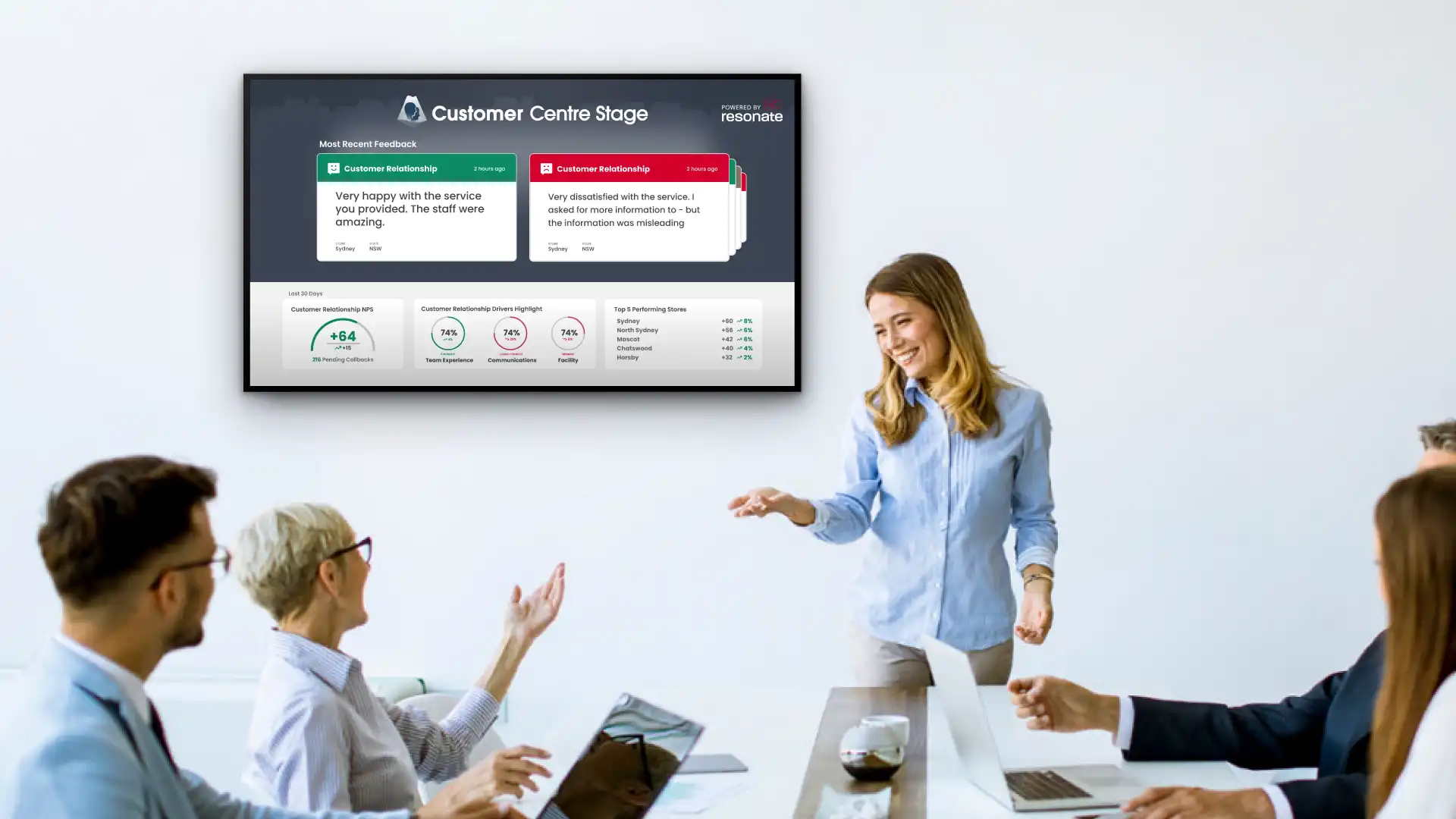
Principle 3: Empower Employees to Act on Customer Insights
No cultural shift sticks unless it’s felt on the frontline. Your employees need the tools, data and authority to make customer-first decisions in real time. When they do, your organisation becomes far more responsive and human.
That starts with access. Voice of the Customer (VoC) data, which is the direct feedback from customers about their needs, experiences, and expectations, should be delivered in formats that make sense and are easy to read and act on.
Resonate CX’s VoC solution helps you do just that by capturing feedback across multiple channels, then turning it into clear, actionable insights that frontline teams can easily use. When your employees understand what customers are experiencing and see how their own actions influence outcomes, they feel part of something larger. It builds engagement and purpose.
Empathy and listening are essential, too. However, these skills must be taught and practised. Investing in empathy training will not only improve service outcomes but also reduce turnover. This is because employees feel more connected to their work. Role-plays, scenario-based workshops, and real-time coaching can also help turn customer-centricity from a concept into instinct.
Empowerment also means giving your people permission to solve problems. They need access to accurate customer histories, clear escalation paths, and autonomy to fix issues on the spot. Making customer feedback and support case data visible across teams helps ensure that important insights don’t stay siloed in customer service, but reach the people who can act on them, like product, operations, or marketing.
Perhaps most importantly, show that feedback leads to change. When customers share concerns, your team should respond with fixes as well as follow-ups. “Here’s what we changed because of your input” is a powerful message, both to the customer and to the employee who delivered the solution. Closing the feedback loop in this manner reinforces trust and highlights the value of taking initiative.
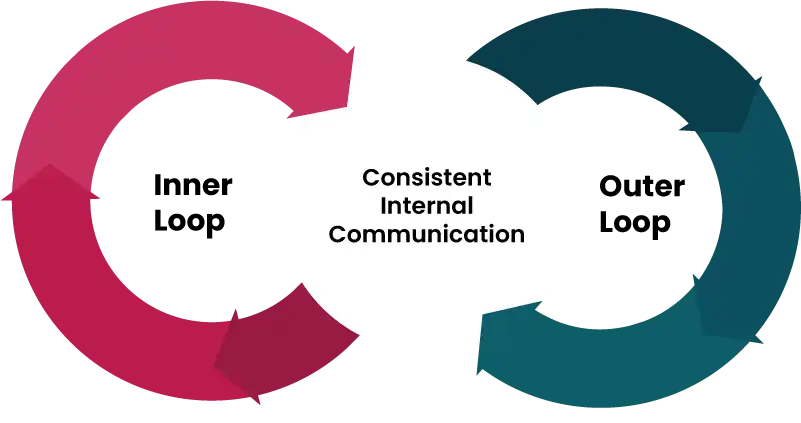
Make Customer-Centric Culture Measurable and Sustainable
In a world of automation, AI, and endless options, customer experience is your last true differentiator. Companies must treat NPS not as a vanity metric, but a compass for how well you’re enriching lives.
That means:
- Embedding NPS, CSAT, and customer lifetime value into individual and team scorecards.
- Using eNPS to track how employees feel about their ability to serve.
- Rewarding not just sales, but stories of customer delight and recovery.
And most importantly, closing the loop internally and externally.
When customers say, “Here’s what didn’t work,” and your team comes back with, “Here’s what we changed,” that’s how trust is rebuilt.
Finally, don’t treat culture as a finished product. Review what’s working, adjust what isn’t, and keep listening to both your customers and your team. When customer focus becomes a way of life for the entire organisation, it transforms your business from the inside out.
